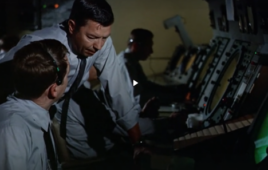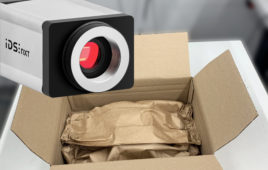The FCC passed broad reforms of its Lifeline program at its open meeting Tuesday, paving the way to overhaul a program that provides subsidized telephone service to low-income families.
In a 3-0 vote, agency commissioners agreed to set up a database that would prevent companies from collecting multiple subsidies on a single person, largely eliminate a program that helped pay for installation charges and force carriers to cancel wireless accounts that have been inactive for 60 days.
The Lifeline program has long been fraught with waste and fraud after regulations failed to keep pace with advances in the telecommunications industries. The lack of a central database for subsidy recipients allowed carriers to claim duplicate subsidies for a single household. Lack of oversight also allowed carriers to sign up customers ineligible for the service and glean payments from the government on customers who didn’t actually sign up for Lifeline by mailing them phones.
A review of the program last year turned up nearly 270,000 duplicate subscriptions in 12 states. Eliminating the fraudulent subsidies saved the government $33 million, according to the FCC.
Yesterday’s order will create a database of customers who receive subsidized phone service through the program. A fully automated means to check eligibility is slated to be in place by the end of 2013.
The reforms should cut $200 million from the program this year and save $600 million next year.
“This is a fundamental overhaul to make sure that an important program is efficiently and effectively meeting its mission,” FCC Chairman Julius Genachowski said in his prepared remarks. “It says to anyone contemplating gaming the system: Don’t bother; you’ll be caught and punished.”
The FCC also set up a pilot program to provide low-cost broadband service to Lifeline-eligible families and is considering providing discounts to bundled voice and Internet packages, as recommended in its 2009 National Broadband Plan.
The agency is still working on additional changes. It plans to set out proposals to control the size of the program, list specific ways to implement its automated eligibility system and keep Lifeline up to date with current technology.
The reforms met a largely positive response from the wireless industry. CTIA President and CEO Steve Largent said the association was “pleased” that consumers would still be able to choose wireless service under the program and urged the FCC to move quickly on its proposed database.
AT&T, still recovering from the FCC’s opposition to its failed buyout of T-Mobile USA, was less enthusiastic.
“We fear the speed of reform is getting far outpaced by the actual dollar growth of the fund itself,” said Bob Quinn, AT&T’s chief privacy officer and head of federal regulatory affairs. “Policymakers must begin to discuss whether it continues to make sense for an independent agency to administer a fund this size with no congressional oversight or decision-making input to the appropriate size of the fund.”
Quinn also questioned why the Lifeline program continued to be funded by the Universal Service Fund, which he characterized as taxes on telephone service.
“No one must pay an 18 percent tax on the electric bill to fund the low-income electric programs,” he said. “One has to wonder why communications consumers are treated differently in this regard.”
Filed Under: Industry regulations




